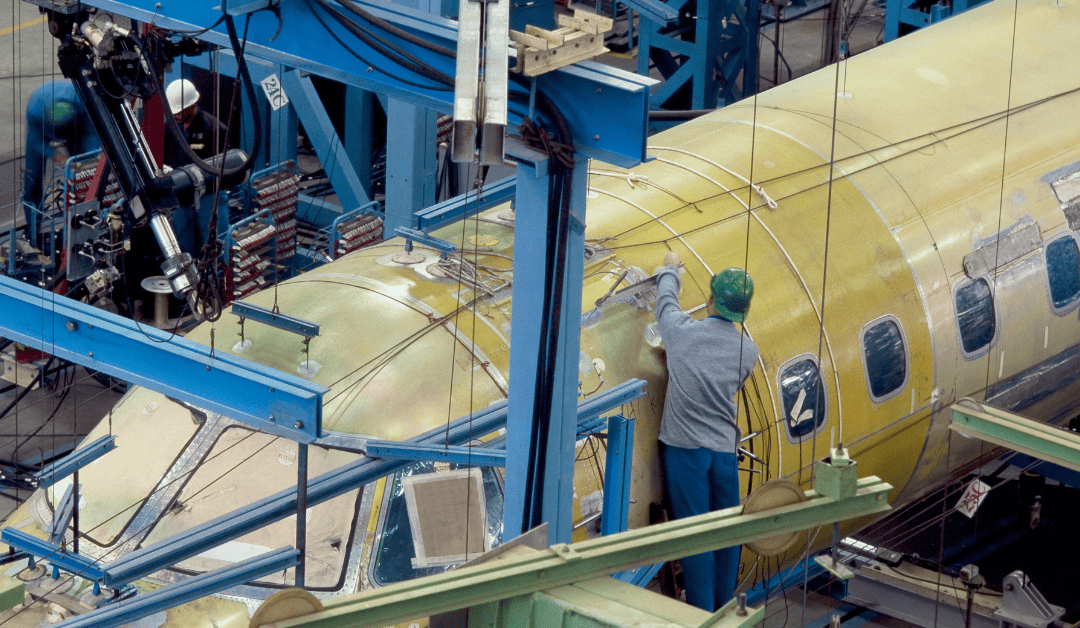
by Michele Kienle | Sep 19, 2023 | Aerospace
So you’re in the aerospace business, where precision, reliability, and durability are not just buzzwords but daily necessities. Let’s face it, when you’re manufacturing or maintaining anything that’s designed to take to the skies, there’s...

by Michele Kienle | Feb 1, 2017 | News and Events Post
Overhead lifting systems can yield major cost and space savings for manufacturers and material handling companies alike. To remain in continuous operation and comply with strict regulations, these systems demand proper crane service, routine maintenance checks, and...
by Michele Kienle | Jul 11, 2016 | Preventative Maintenance
When contracted by material handling clients to build production facilities, construction and engineering procurement construction (EPC) companies play an important role in the client’s overall success. The design and layout of these facilities impacts the efficiency...
by Michele Kienle | Dec 2, 2015 | Overhead Equipment
Industrial material movers can be divided into two categories: on-floor and overhead. More and more businesses are discovering the advantages of replacing their traditional on-floor movers, such as trucks, forklifts, and fixed conveyors, with overhead equipment for...




